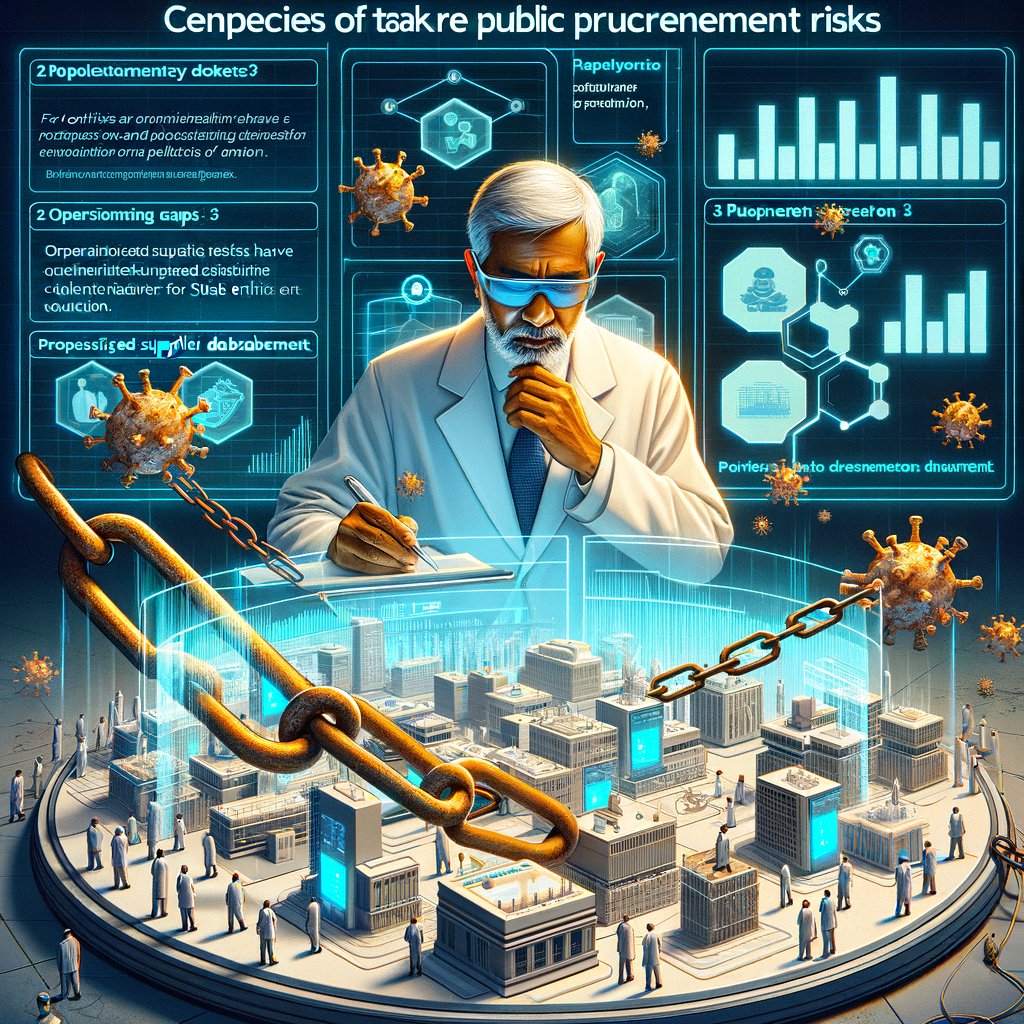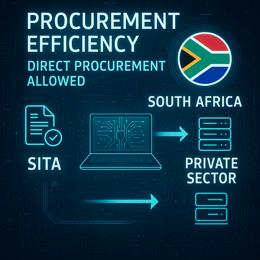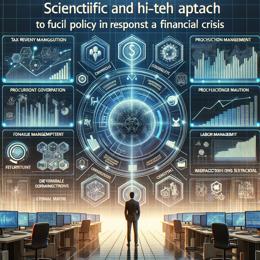Image created by AI
Enhancing South Africa's Public Procurement: Expert Advocates for Collaboration and Technology
As South Africa grapples with the complex challenges of public procurement, calls for transparency and efficiency have been echoed by Prof. Geo Quinot, a seasoned expert in procurement law from Stellenbosch University. Together with the vigilant efforts of Corruption Watch (CW), a new report on procurement risks has highlighted the need for a more collaborative and tech-savvy approach to handling deviations, expansions, and particularly the debarment of suppliers who infringe upon procurement policies.
The 2023/24 Procurement Risk Trends report, the fourth annual installment, released on September 20, 2024, casts light on significant opportunities to enhance South Africa's public procurement landscape. Analyzing data from reports submitted to National Treasury, CW's online tool, Procurement Watch, has identified persistent red flags across the 584 organs of state that manage procurement under existing debarment regulations. Remarkably, only 30 entities have operationalized supplier debarment, leaving gaps that could potentially harbor corrupt activities.
The narrative around deviations and expansions is multifaceted. While often tagged as red flags, the report acknowledges that not all deviations from standard procurement practices are indicative of maleficence. Quinot illustrates this complexity using the procurement of unique scientific equipment, where formal bidding could result in unnecessary expenditure. In such instances, direct contracting with the sole supplier is not only sensible but permitted by existing rules.
Nevertheless, the reality of procurement abuse casts a long shadow over the perceived legitimacy of deviations and expansions. Quinot emphasizes that while such mechanisms have their place within the framework of legal procurement operations, their misuse for corruption must be vigilantly monitored. Effective debarment processes stand as a critical measure against corrupt procurement, yet their current application is scarce and needs reinforcing.
In the contemporary political landscape, there is a ripe opportunity for enhanced accountability. Quinot's vision extends beyond the commonly scrutinized departments, urging for an inclusive dialogue with lesser-known governmental sectors whose mandates are deeply intertwined with procurement. Their voices are seen as invaluable contributors to an overarching strategy that addresses procurement as a crucial policy tool.
Despite the report's insights, the figures analyzed represent only a fraction of actual procurement activities, limited to transactions reported to the National Treasury. Quinot's analysis revealed a surge in deviations and expansions, amounting to billions, emphasizing the need to consider these within the broader context of the government's immense procurement budget.
State-owned entities remain chief actors in this narrative, with Eskom, the South African Revenue Service, and the State Information Technology Agency being notable contributors to expenditure on contract expansions. These entities, which function in a quasi-commercial domain, may signal the necessity for a procurement framework that is better suited to such a setting.
In conclusion, the synthesis presented in the Procurement Risk Trends report underscores the significance of a united front against procurement corruption. With technology and collaboration at the heart of this strategy, there is a clear path forward for South Africa to refine its public procurement processes and safeguard public expenditure.










